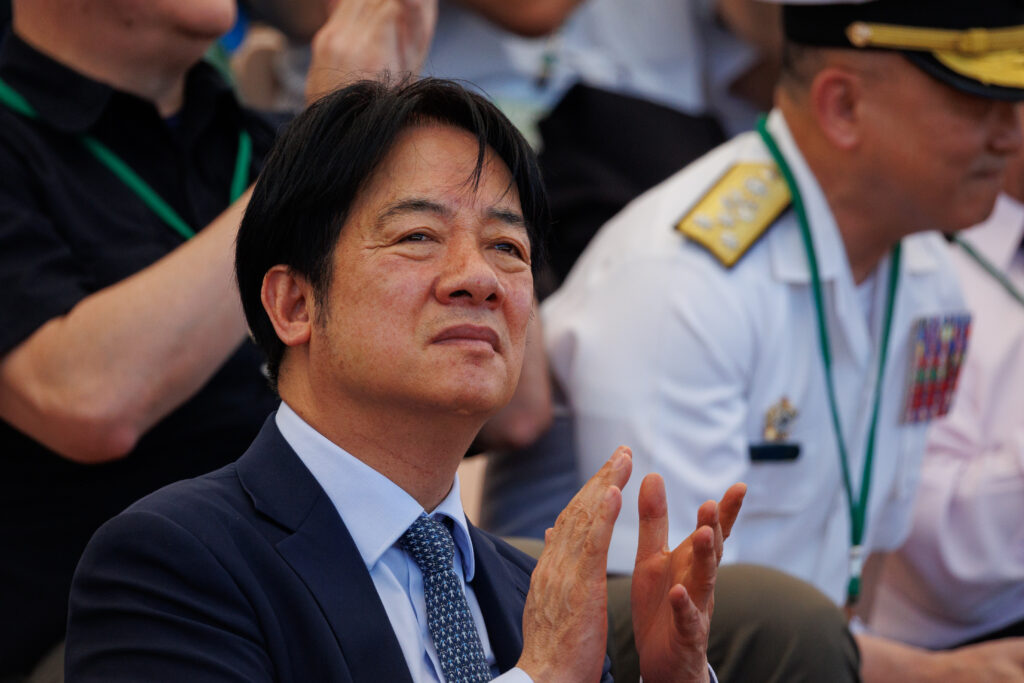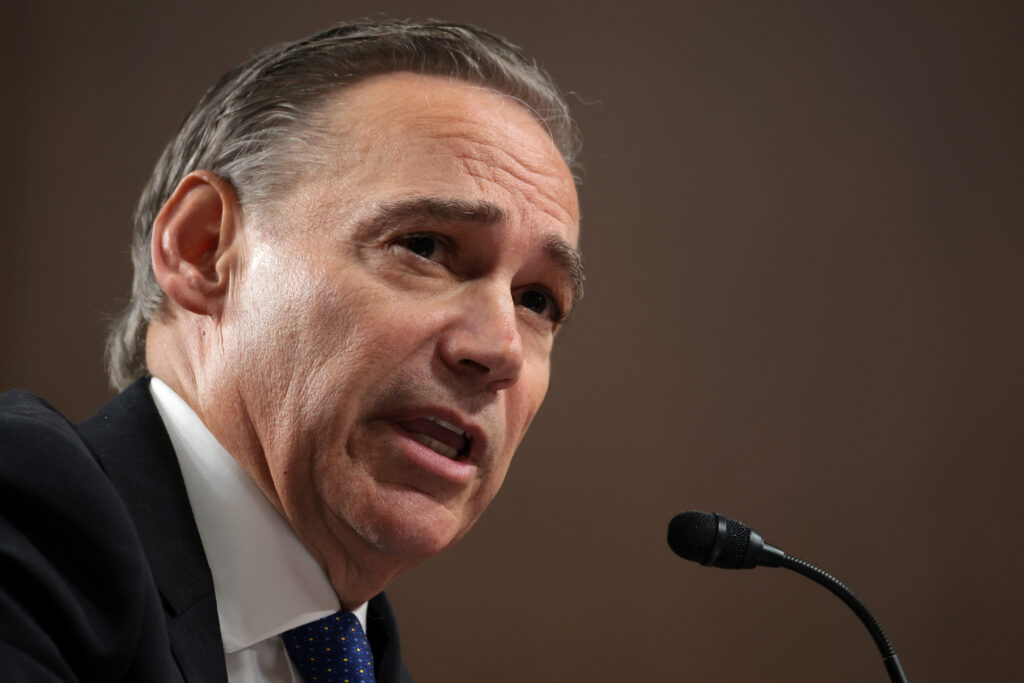Five products to be hit by Trump’s incoming tariffs
The United States is set to raise tariffs on dozens of trading partners Friday if they fail to reach accords with President Donald Trump to avert the higher rates, and this risks raising prices for consumers.Economists have warned that steeper US tariffs, paid for by importers of foreign products, could add to business costs and trickle down to households.The risk is a dampening of consumption — a key driver of the world’s biggest economy.Trump’s tariffs could impact everything from coffee beans and rice to cocoa, seafood or even electronics.Here are some examples of products in the crosshairs:- Coffee -Over 99 percent of America’s coffee is imported, according to the National Coffee Association. It told AFP that two-thirds of US adults drink coffee daily.Top suppliers of coffee beans include Brazil, Colombia and Vietnam, according to the United States Department of Agriculture (USDA).But Brazil, which accounted for over 30 percent of such imports in recent years, faces a 50 percent tariff threat come August 1.In a letter to Brazil’s leadership, Trump cited a judical “witch hunt” against his right-wing ally, ex-president Jair Bolsonaro, in unveiling the rate.Imports from Vietnam, meanwhile, face a 20 percent additional tariff even after a deal the Southeast Asian country recently struck with Trump.- Shirts -Clothing like shirts and sweaters could also become pricier.China, Vietnam and Bangladesh accounted for more than half of US apparel imports from January through May this year, said the American Apparel & Footwear Association.All three countries face different tariff levels under the Trump administration.Chinese goods, which account for nearly a third of apparel imports, were hit by a fresh 30 percent duty this year — piling atop existing ones.If an existing truce expiring August 12 is not extended, tariffs on products from China could surge even higher, causing companies to halt imports or be forced to pass on more costs.Vietnamese goods accounted for nearly 20 percent of clothing imports while those from Bangladesh made up about 11 percent, the association said.Trump has threatened to impose a 35 percent duty on Bangladesh goods.- Jasmine rice -The United States is the biggest rice importing country in the Western Hemisphere, bringing in some 1.3 million tons, according to the USDA.More than 60 percent of the country’s rice imports are aromatic varieties, mostly jasmine from Thailand and basmati from India and Pakistan.Thailand faces a prospective 36 percent tariff come Friday, India 26 percent and Pakistan, 29 percent.The United States also takes in smaller quantities of medium and short-grained rice from Asia and some products from South America.- Cocoa -US imports of cocoa beans — mostly from places like the Ivory Coast and Ecuador — averaged over $1.1 billion annually from 2017 to 2021, according to the USDA.Among them, the Ivory Coast faces a 21 percent tariff.Cocoa butter shipments were valued at $576 million annually and mainly supplied by Indonesia and Malaysia, facing fresh duties of 19 percent and 25 percent respectively.- Electronics -Besides tariffs on imports from specific countries, Trump has also threatened a 50 percent duty on copper imports come August 1.Consulting firm BCG warned that this would add $8.6 billion to the cost of raw copper and refined copper imported into the country — and more if tariffs extended into derivative products.BCG expects material costs to jump for the construction industry — which uses 42 percent of copper products consumed domestically — and makers of electronics goods.









